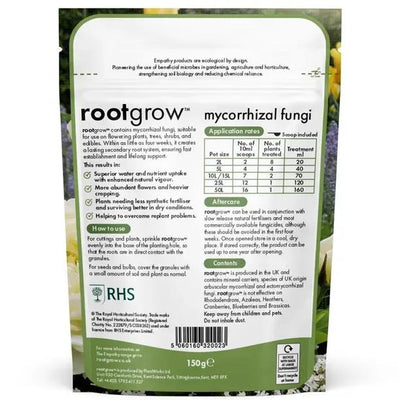Common Wild Pear Tree Saplings
Pyrus communis is the native, Wild Pear tree. It's a great hedge plant and produces small, edible fruit that are good for wildlife. It'll reach 15 metres if it grows freely as a tree.
It flowers heavily in April when the leaves are still small and pale green, which all looks great together. The mature leaves are glossy, rich green. The small, edible fruit are popular with birds and squirrels, but if you can get your hands on them they're usually sweet and quite delicious - this is a wild tree, so the fruit'll vary. If the pears aren't sweet when fresh, use them for jam. The autumn foliage is orange & gold and if you are clipping these plants as a hedge, the leaves will stay on the branches for some time. Although it isn't thorny, its short twigs have pointed ends.
You can buy eating pear trees here, as well as ornamental Chanticleer pears and weeping pears.
Bareroot hedge plants are only delivered during winter (Nov-March).
All our hedge plants are measured by their height in centimetres above the ground (the roots aren't measured).
Spacing a Pear hedge:
Plant at 3 plants per metre, 33 apart.
It's typically used in a mixed native hedge.
History & Trivia
Uncultivated pears are also called Pyrus pyraster. The history of the common pear is hard to trace. There are records of a cultivated pear growing in the palace of Sennacherib at Nineveh, Iraq, in 700 BC (note, that is over 2000 years before Europeans started breeding modern pears). The common pear we have today is believed to be hybrid of more ancient European and Asian trees, but with all the cultivated pear seeds that have escaped from orchards over the centuries, it's impossible to tell apart the really wild pear trees and the rogue pears that have bred with their wild cousins. Pear breeding in Europe probably began in the 1500's, but the first proper records are from about 1610, written by Jean Robin, King Henri III's fruit tree gardener.

 Secure, One-Tap Checkout
Secure, One-Tap Checkout
 Hand Picked, Delivered to Your Door!
Hand Picked, Delivered to Your Door! 1 Year Bareroot Guarantee
1 Year Bareroot Guarantee






